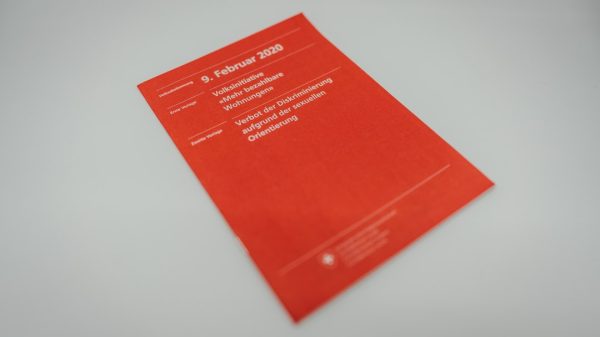As organizations continue to embrace cloud computing, the convenience and flexibility of remote access have become essential to modern business operations. Remote access allows employees, third-party vendors, and partners to access cloud environments and services from virtually anywhere. However, with this flexibility comes a range of cloud security challenges that must be carefully managed to protect data, systems, and users from threats.
The implications of remote access on cloud security are far-reaching, and they present new attack surfaces that can be exploited by malicious actors. Companies must adopt rigorous security frameworks and best practices to mitigate these risks while maintaining productivity and operational efficiency.
1. Expanded Attack Surface
Remote access increases the number of potential access points to cloud infrastructure. Each remote device, whether a corporate laptop or a personal mobile phone, represents a possible entry point for attackers if not properly secured. When employees or contractors connect from various locations—often over unsecured networks—the risk of unauthorized access or data interception grows significantly.

Malicious actors often exploit unsecured endpoints through phishing, social engineering, or malware to gain access to sensitive cloud environments. Hence, protecting every access point becomes a paramount requirement for cloud security.
2. Identity and Access Management (IAM)
Effective Identity and Access Management (IAM) is at the core of safeguarding remote access. As users connect to cloud services from multiple devices and geographic locations, verifying their identity becomes more complex. Weak or improperly configured IAM policies can lead to privilege escalation, unauthorized data access, and even full system compromise.
To address this, organizations must implement strong IAM practices, including:
- Multi-Factor Authentication (MFA)
- Role-Based Access Control (RBAC)
- Least Privilege Principle
- Regular audit and review of access permissions
Proper IAM ensures that only authorized users have access to the right resources at the right times.
3. Endpoint Security Concerns
When users access cloud data using personal or unmanaged devices, those endpoints become a critical vulnerability. Such devices may lack essential security configurations or updated antivirus software, thereby increasing risks of data leakage, credential theft, or malware infections.
Some best practices to mitigate endpoint risks include:
- Mandating use of Virtual Private Networks (VPNs)
- Requiring managed and monitored devices for cloud access
- Implementing endpoint detection and response (EDR) systems
These measures help in identifying and containing threats before they escalate.
4. Data Leakage and Loss Prevention
Cloud environments store large volumes of sensitive data, and remote access increases the chance of accidental or intentional data leakage. Users may download files to unprotected devices or share them through insecure applications, making data loss a pressing concern.

To prevent such incidents, organizations should deploy Data Loss Prevention (DLP) technologies, which monitor and control data movement across networks, users, and devices. Encryption, both at rest and in transit, also plays a critical role in safeguarding cloud-hosted data.
5. Compliance and Regulatory Risks
Remote access and cloud management often span multiple jurisdictions and regulatory environments. Without strict adherence to compliance standards like GDPR, HIPAA, or ISO 27001, businesses risk severe penalties. Moreover, demonstrating consistent compliance becomes challenging when users access cloud services from unregulated or non-compliant environments.
Enterprises must ensure that their remote access policies align with applicable regulations, involving regular security assessments and documentation efforts to remain audit-ready.
Conclusion
While remote access is indispensable to today’s digital workforce, it poses significant security challenges that cannot be overlooked. By recognizing the implications it has on cloud security and implementing robust protective measures, organizations can strike a balance between accessibility and risk mitigation.
Strategic use of IAM, advanced endpoint protection, and thorough data governance will serve as the foundation for a secure, remote-accessible cloud environment. As threats evolve, so too must the defense mechanisms—making ongoing vigilance and adaptation critical in safeguarding modern cloud infrastructures.

































